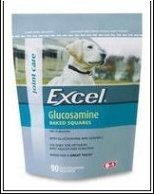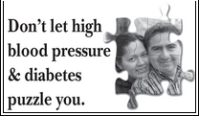
Glucosamine sulphate has been around a long time now and as each year goes by more and more claims are made telling us about this miracle joint lubricant. Are all the claims true? Will it cure Arthritis? What is Glucosamine anyway? And what about Chondroitin?
Glucosamine is a naturally produced amino sugar which is found in small amounts in foods. It plays an important role in maintaining the cartilage gel-like material between our joints. The body also produces a carbohydrate called Chondroitin, which is thought to promote water retention and elasticity as well as blocking the enzymes that break down cartilage.
As we get older the body’s ability to manufacture and synthesize Glucosamine and Chondroitin decreases. This probably contributes to the joint problems we have all come to associate with growing old, a fact that health food companies did not take long to latch on to.
Although studies have been carried out in numerous countries to try to prove conclusively that Glucosamine is effective in treating arthritis and joint problems there have been an equal number of questions raised about the methodology of many of these studies. One such study, in Europe, took X-rays to measure the size of the gap in the knee joint before and after taking Glucosamine. Even though the results showed that the size of the gap was significantly larger, in a group of people taking Glucosamine compared to a group taking NSAIDs, critics said that the study was not large enough to draw firm conclusions. They also claimed the X-ray evidence was too difficult to interpret.

